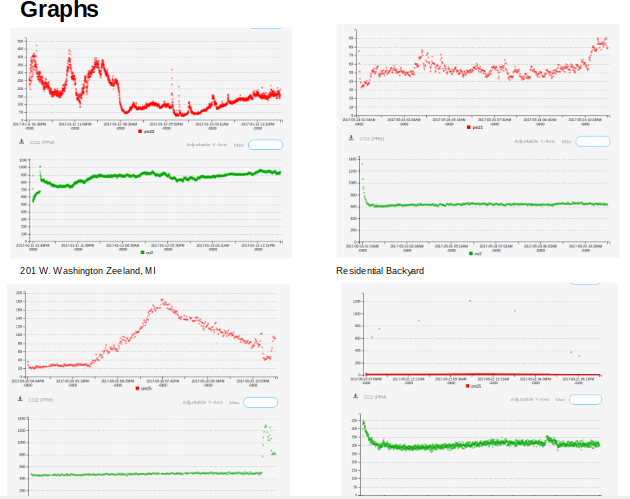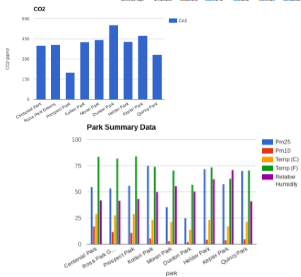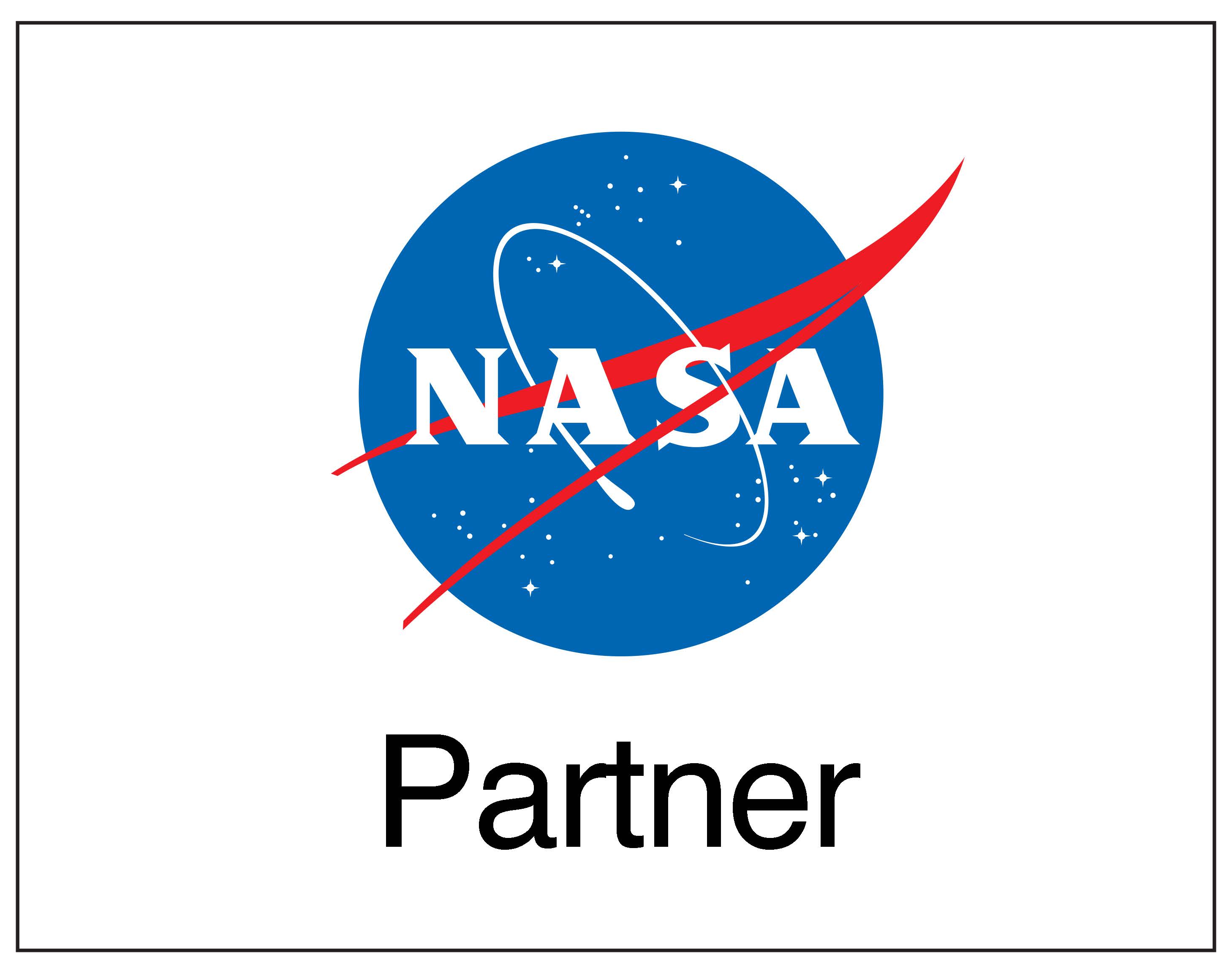Middle-High School Air Quality Monitoring
 Engage your students in hands-on inquiry based learning about their environment. These
innovative, compact monitors allow students to explore carbon dioxide, particulate
matter and ozone readings. Lessons are applicable for middle and high school students
in all areas of science and math.
Engage your students in hands-on inquiry based learning about their environment. These
innovative, compact monitors allow students to explore carbon dioxide, particulate
matter and ozone readings. Lessons are applicable for middle and high school students
in all areas of science and math.
Environmental Research Has Students Making their Own Discoveries
 Students are naturally curious about the world around them. So why not let that curiosity
drive their learning? Simple and compact air quality monitors developed by resident
Don Triezenberg are doing just that. Partnership with the Holland-Hope College Sustainability
Institute expands the community relationship of the project.
Students are naturally curious about the world around them. So why not let that curiosity
drive their learning? Simple and compact air quality monitors developed by resident
Don Triezenberg are doing just that. Partnership with the Holland-Hope College Sustainability
Institute expands the community relationship of the project.
- How Teachers Use the Monitors
-
 Equipped with a CO2 and particulate matter sensor, monitors have introduced science lessons to more than
300 middle and high school students in West Michigan. Students are challenged to first
discover how the monitors work through experimentation. Then, with guidance from their
teachers, they design and carry out their own experiments. This student-directed learning
sparks the interest of the students and allows the teacher to engage the students
in a directed discussion of the related science.
Equipped with a CO2 and particulate matter sensor, monitors have introduced science lessons to more than
300 middle and high school students in West Michigan. Students are challenged to first
discover how the monitors work through experimentation. Then, with guidance from their
teachers, they design and carry out their own experiments. This student-directed learning
sparks the interest of the students and allows the teacher to engage the students
in a directed discussion of the related science.While the data from these monitors are not yet calibrated to a high enough level to publicize as community air quality assessments, they provide powerful examples to illustrate how environmental conditions can change based on a variety of conditions. Students are investigating questions related to changes in air quality in different sections of their homes, or how the air composition changes as all the students show up for school in the morning, or the effect of humidity on air quality.
Teachers are observing that students in a range of classes benefit from use of the monitors, with implementation in chemistry, math, biology and environmental science classes as examples. Middle school students in Grand Haven even started to challenge their teacher to learn how the weather and other conditions affected their data.
- Opportunities for Student Presentations of Work
-
ExploreHope facilitates students sharing their work at school or public events. Students who share their work demonstrate higher engagement with the project and their results.
Templates are available for your students to create research posters for display in schools or for parent poster sessions. Opportunities also exist with program partners for students to participate in local envionmental action events. Let us know how we can support you!
- Getting Started in Your Classroom
-
Want to get started? Email explore@hope.edu to schedule and initial conversation. Teacher training is available at Hope College and through visits to your school.
- Program Supporters
-
Thank you to the many supporters of our project.
- Collective Idea maintains and develops our software and circuitry
- EPI, Inc provides technical and content advice
- Hope College Dean for Natural and Applied Science provides space and support
- Michigan Space Grant Consortium provides valuable program funding
- Hope College Office of Sustainability
Contact Michelle Gibbs, director of sustainability: gibbsm@hope.edu, 616.395.6811
This work funded by Michigan Space Grant Consortium, NASA grant #NNX15AJ20H.
NASA Grant 28779: “Linking Student Driven Data to NASA Data: Authentic Air Quality Data Inquiry for Improved Student Self-Efficacy”

The material claimed in this document is based on work supported by a National Aeronautics and Space Administration (NASA) grant or cooperative agreement. Any opinions, finding, conclusions, or recommendations expressed in this material are those of the author and do not necessarily reflect the views of NASA.
Monitoring Air Quality in West Michigan
Visit the air quality data site.
Van Zoeren Hall41 Graves PlaceRoom 249Holland, MI 49423
workP. 616.395.7628
explore@hope.edu